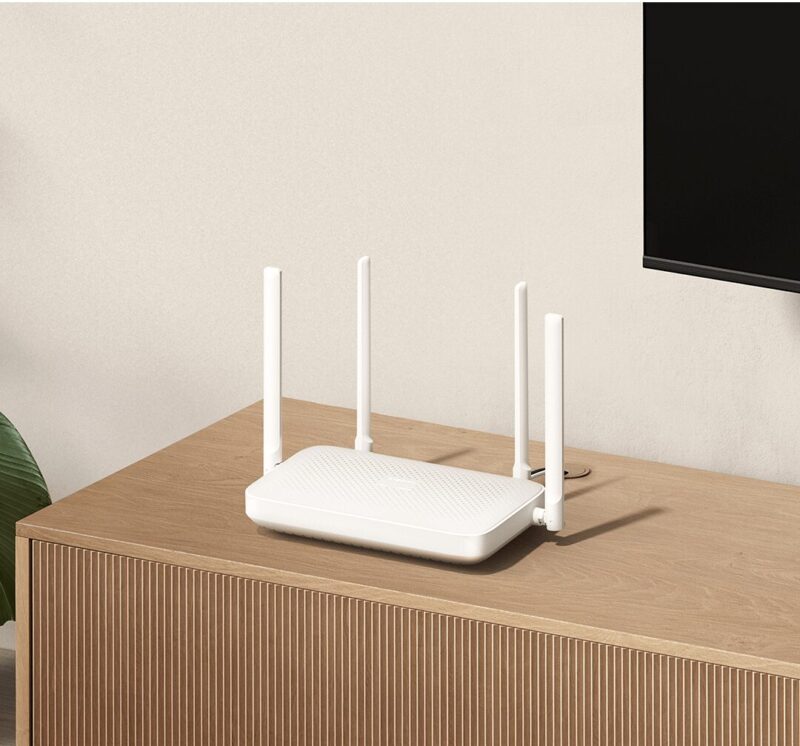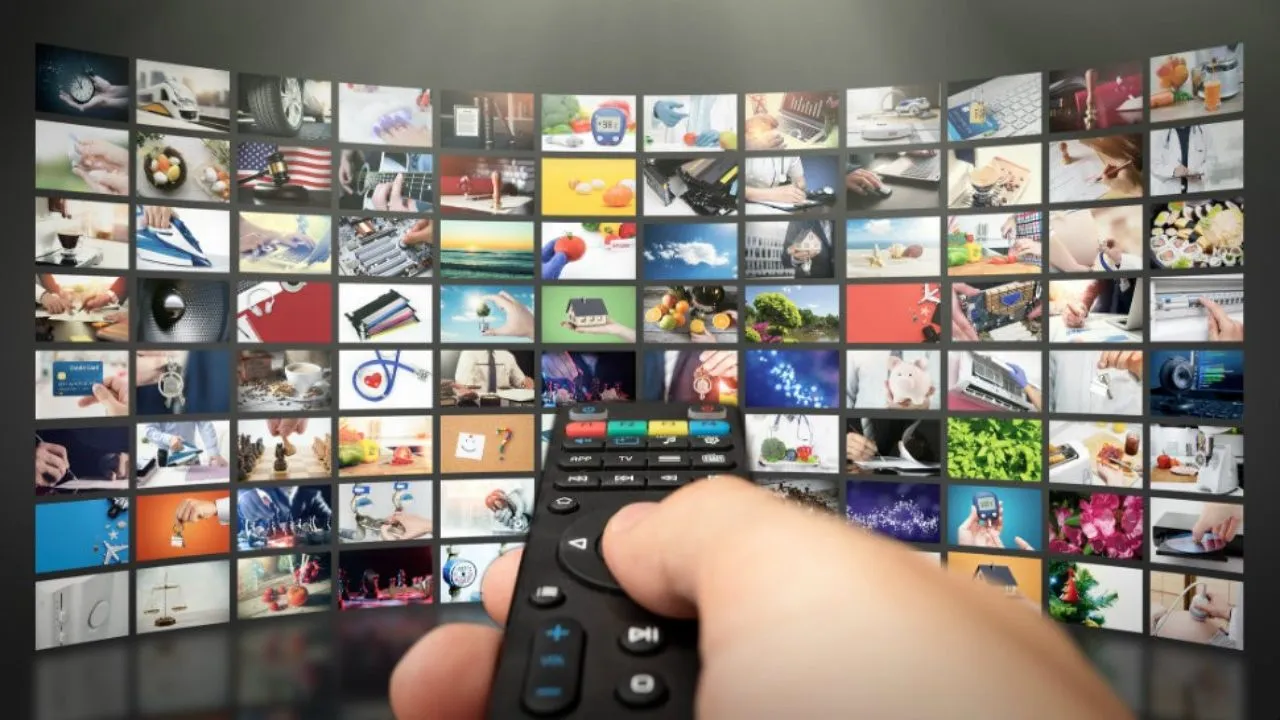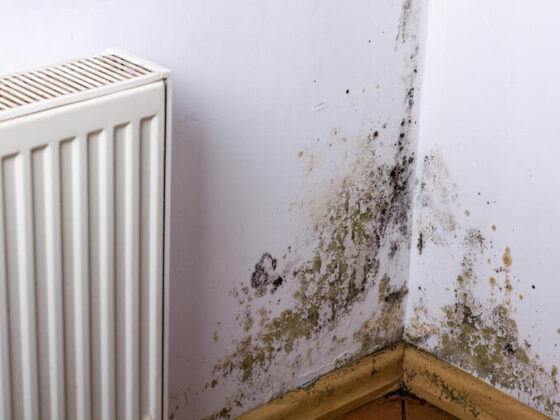If you’re like me, nothing is more frustrating than buffering or pixelated streams when you’re trying to enjoy a show. IPTV should provide smooth, high-quality streams, but like any tech, it has its share of issues. Let’s cut straight to what you need to do if you’re dealing with performance problems.
Key Points:
- Restart the device and router first.
- Check your internet speed for IPTV streaming.
- Reduce network congestion at home.
- Adjust the IPTV app settings for better quality.
- Consider changing servers or IPTV providers if necessary.
Restart Your Device and Router
When things go wrong, the first step is often the simplest. I always recommend restarting the device you’re watching on, whether it’s a Smart TV, set-top box, or mobile device. Restart the router too. This clears temporary issues that might affect performance.

Check Your Internet Speed
IPTV relies on a steady, fast connection. Run a speed test to ensure you have the necessary bandwidth. Most IPTV services, especially those offering high-quality streams like IPTV Sverige, require a minimum speed of 10 Mbps. If you’re trying to stream in 4K, you’ll need even more, closer to 25 Mbps. Anything lower might cause buffering or drops in quality.
Even the best service will suffer if your internet speed is not up to mark.
Reduce Network Congestion
Your home network might be overloaded. Too many devices using the internet simultaneously will slow things down. If multiple people in your household are streaming, downloading, or gaming, try pausing other activities. Disconnect devices not in use. Your IPTV stream should improve immediately.
Adjust IPTV App Settings
Many IPTV apps allow users to adjust stream quality. If you notice frequent buffering, lower the stream quality within the app. I know that it’s not ideal to drop from 4K to HD, but sometimes it’s a necessary trade-off for stability.
Also, check if there’s an option to change servers. Some IPTV apps let you choose between different servers, and switching might solve problems if one server is overloaded.

Wired Connection vs. Wi-Fi
If you’re on Wi-Fi, the quality might suffer due to weak signals or interference. If possible, switch to a wired connection with an Ethernet cable. Wired connections provide a more stable internet connection and eliminate issues related to Wi-Fi interference. If a wired connection isn’t possible, consider moving your device closer to the router or upgrading your router to one that supports higher speeds.
Change the IPTV Player
Not all IPTV players are equal. The software you use to watch can significantly impact the quality of the stream. If your current app is not delivering good performance, switch to another one. Popular options include TiviMate and Perfect Player. They often provide better performance and compatibility with IPTV services.
VPN ─ Yes or No?
A Virtual Private Network (VPN) might be affecting your stream quality. If you’re using one, try disabling it to see if the situation improves. On the other hand, if your IPTV service provider recommends using a VPN to bypass regional restrictions, make sure you use a high-speed, reliable VPN.
Server-Side Issues
Sometimes, the issue isn’t on your end at all. IPTV services rely on external servers to deliver content. If the server is having problems or is overloaded, your stream quality will suffer. In such cases, contact your provider and ask if they are experiencing any technical issues. Many IPTV providers offer multiple server options, so you might need to switch to a less congested server for a smoother experience.
If your provider consistently fails to offer a stable service, it might be time to consider switching to a more reliable one.

IPTV Provider Quality
Not all IPTV providers are created equal. Some will promise the world but fail to deliver when it counts. If you’ve exhausted all troubleshooting steps and are still experiencing issues, it might be your provider.
Providers like Sverige IPTV, known for their fantastic picture quality and uptime, might be a better choice if your current service keeps disappointing you. You deserve consistent, high-quality streams, and if your current provider can’t meet that, it’s time to look elsewhere.
Try a Free Trial
If you’re unsure about switching providers, start with a free trial. Many IPTV providers offer a trial period so you can test the service without commitment. Use the trial to gauge whether the provider offers the quality and reliability you need. Pay attention to the stream’s stability, channel availability, and customer support during the trial.
Final Word ─ Make the Right Call
In my experience, IPTV troubleshooting is often a matter of eliminating possibilities. Start with simple steps—restart your device and router. Then, move on to checking your internet speed and reducing network congestion. If the problem persists, adjusting your app settings, changing players, or switching servers can make a huge difference. If none of that works, it may be time to reconsider your IPTV provider.
Don’t settle for subpar service when solutions are available at your fingertips. And if you’re ever stuck, reach out to your provider’s support team for help.


